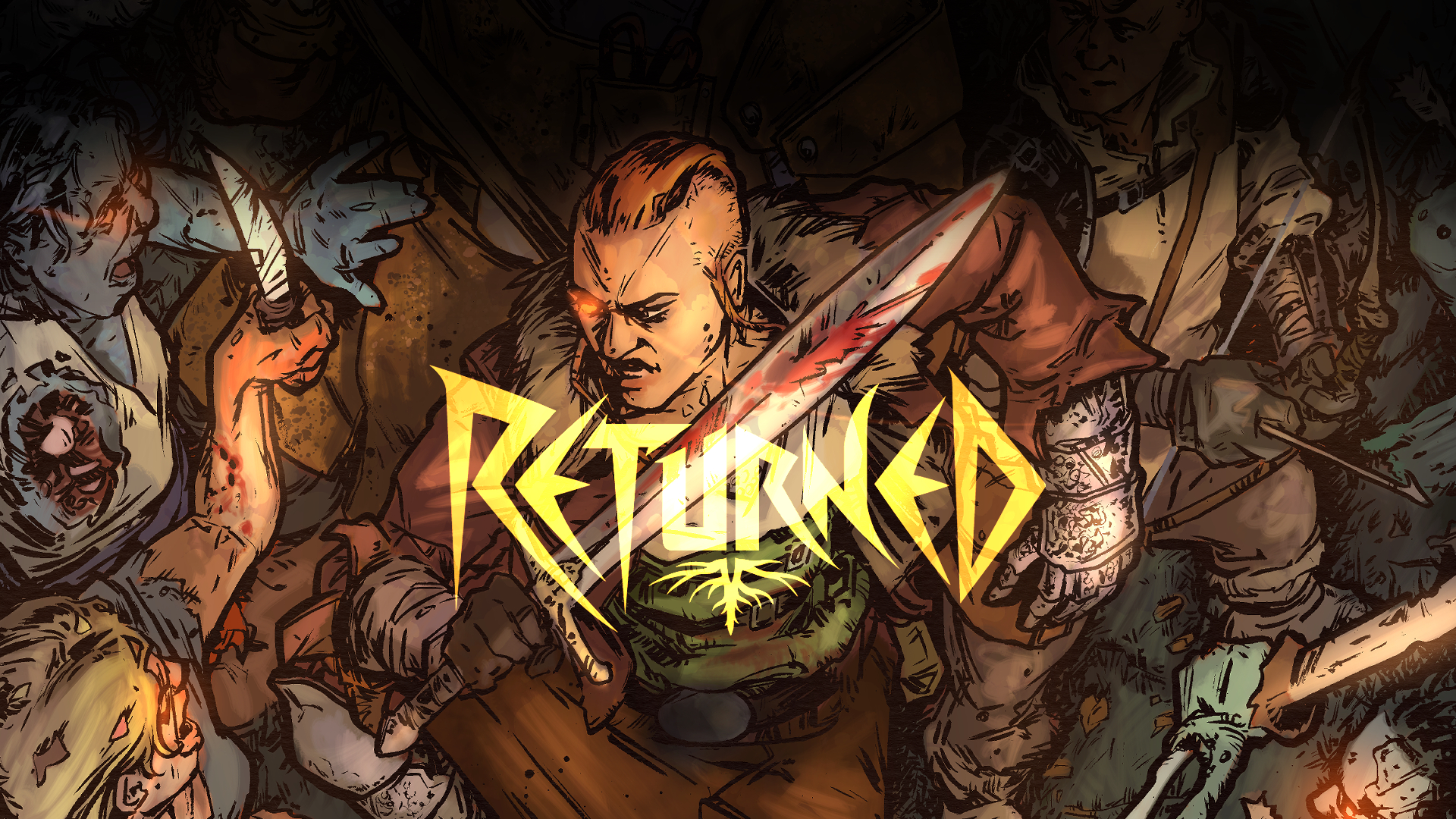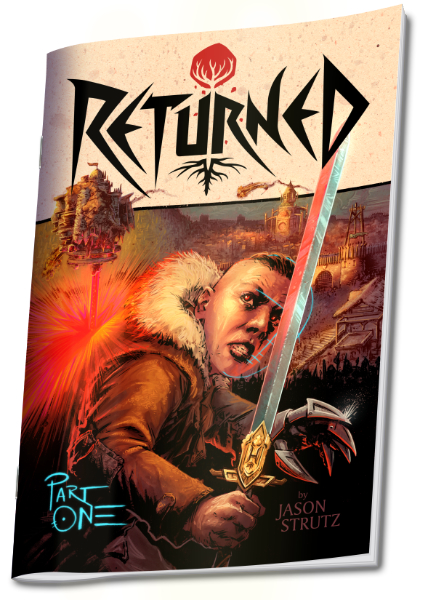Returned Part Two is currently running at ReturnedComic.com!
Go check it out! Look for the Returned Part Two Kickstarter
launching in September!

The Art of Jason Strutz
Jason Strutz is an artist and writer of illustration and graphic novels. His current project is Returned, now publishing at ReturnedComic.com

